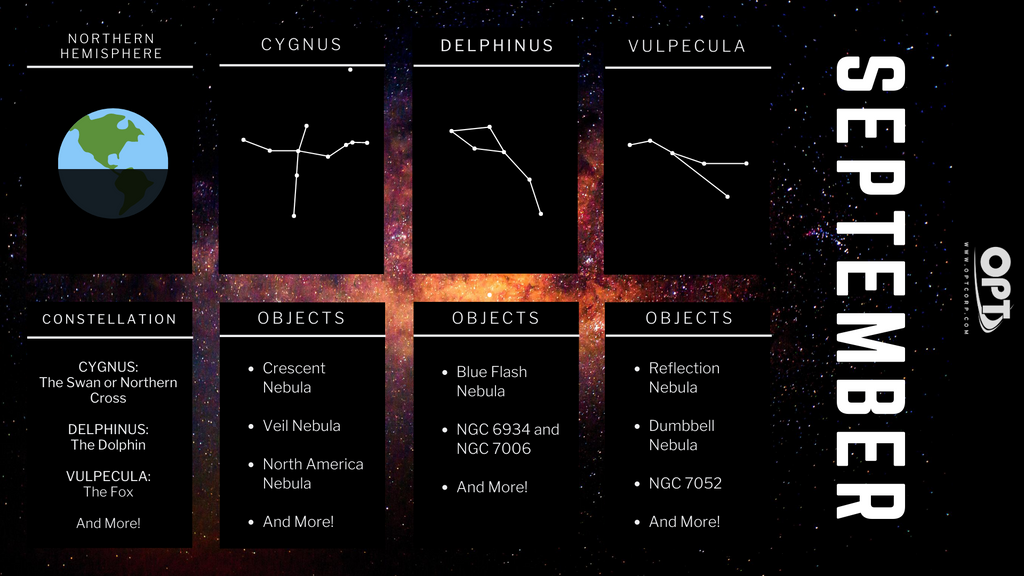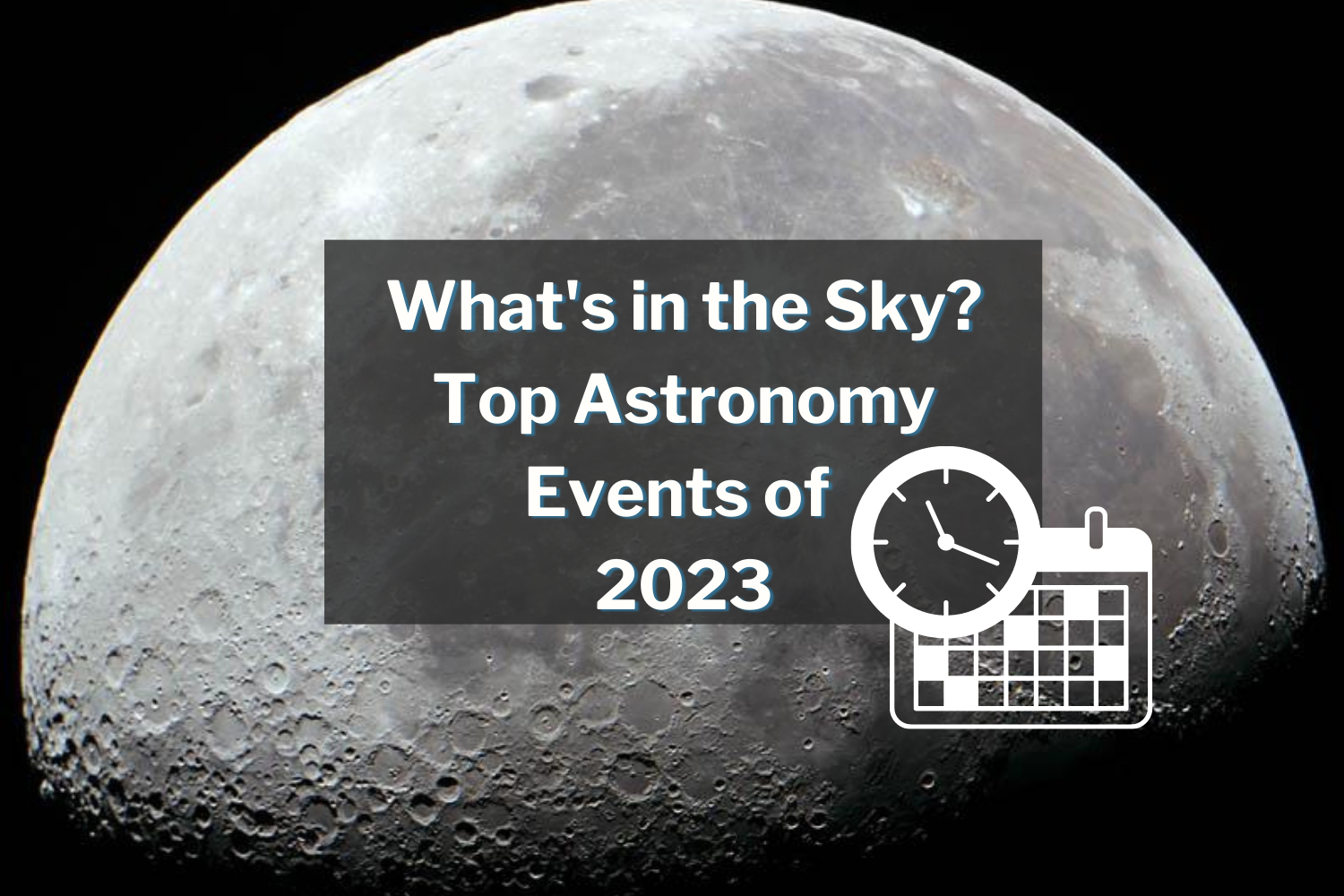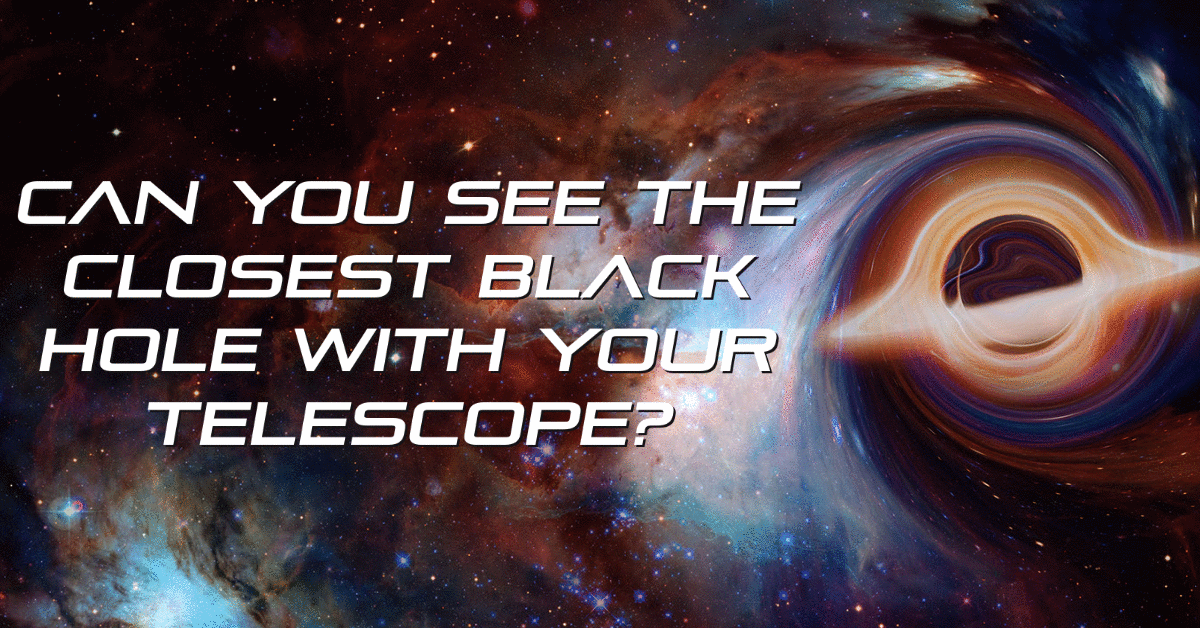Astronomy Events for September 2021
September has many exciting astronomy events happening in the night sky. Stargazers and astrophotographers can expect some celestial treats all month from distant and neighboring planets. Get your telescope gear ready to observe and capture the night sky all month of September 2021!
Traveling to a dark sky site? Keep your gear powered all night with the Universal Astro Mini Powerbank, a lightweight and convenient flashlight and power source.
Moon Phases and Planets September 2021
September 7 - New Moon
This is the best time of the month to observe faint objects such as galaxies and star clusters because there is no moonlight creating light pollution.
September 14 - Neptune at Opposition
The blue giant planet will be at its closest approach to Earth and it’s face will be fully illuminated by the Sun. Neptune is extremely far away from Earth so this is the best time to view and image Neptune. It will mainly appear as a tiny blue dot in most telescopes except professional grade telescopes like a Planewave.
September 14 - Mercury at Greatest Eastern Elongation
This is the best time to view Mercury since it will be at its highest point above the horizon in the evening sky. Look for Mercury low in the western sky just after sunset.
September 17 - Full Moon
This full Moon was known by some early Native American tribes as the Corn Moon because the corn is harvested around this time of year.
Northern Hemisphere Constellations September 2021

Cygnus
- The North America Nebula (NGC 7000).
- Pelican Nebula (IC 5070 and IC 5067).
- The Gamma Cygni Nebula (Sadr Region, IC 1318).
- Crescent Nebula (NGC 6888).
- The Tulip Nebula (Sharpless 101).
- The Veil Nebula (NGC 6960, NGC 6992, NGC 6995, NGC 6974, and NGC 6979), a large 5,000 year old supernova remnant!
- Open clusters Messier 29 and Messier 39.
- Fireworks Galaxy (NGC 6946).
- Blinking Planetary Nebula (NGC 6826), a nebula with an eye-like shape.
- Galactic Ghoul (DR 6 nebula) named for its spooky appearance that resembles a human face.
- NGC 6910, an open cluster nicknamed the Rocking Horse Cluster.
Delphinus
- NGC 6891 and NGC 6905, also known as the Blue Flash Nebula.
- The globular clusters NGC 6934 and NGC 7006.
Vulpecula
- Open clusters NGC 6885 and NGC 6823.
- The reflection nebula NGC 6820.
- The elliptical galaxy NGC 7052.
- The Seyfert galaxy 3C 433.
- Dumbbell Nebula (M27).
Equuleus
- Faint spiral galaxies NGC 7015, NGC 7040, and NGC 7046.
Southern Hemisphere Constellations September 2021

Capricornus
- Messier 30.
- Spiral galaxy NGC 6907.
Microscopium
- Faint spiral galaxies NGC 6925 and NGC 6923.
- The Microscopium Void, a stretch of empty space discovered in 1984. It occupies an area that is about a half of the constellation’s diameter in size.
Indus
- The spiral galaxy NGC 7090.
- Lenticular galaxy NGC 7049.
Curious what astronomical events are happening the rest of 2021? Check out our calendars for more inspiration. If you're looking to get started in astrophotography, check out our beginner's guide here. Clear skies! 🔭✨












